Broken Record, Needle Stuck
In my last blog post, I went back through some ~2 megapixel photos from my honeymoon in 2004. Since then, I have continued to mine older photographs from my hard drive, and they have continued to make me think about the relationships between our equipment and our creativity. It is a fascinating process to see photographs created by your younger self–looking at them through an older, more experienced perspective, you see glimmers of familiarity. It is also fun to process old photos with new software and techniques, and to see how those old files respond.
Sometimes, when I see smudgy details at 100% on my monitor, or see blown highlights in the sky like in the panorama above, I think about the gear, and how a photo could have been better if I’d made it with a 5DmarkIII or a Fuji X-E2. Mostly, though, I see what I, as a thinking person consciously making photographs, could have differently. The above panorama, for example, is three images stitched together. I had the wherewithal at the time to take the three frames, but if I’d been a savvier photographer, I might have taken more exposures for the sky, and blended them all together later. Though I can’t change how I did these things in the past, it is nevertheless instructive to look at older photos and see what I did well and what I did poorly.
One thing processing old photos does emphasize for me is the important role of post processing. The most common issue I find in my older photos is that there IS a good photo in many of them, but to find it involves cropping or, in other cases, I should have shot from a different perspective. Those photos that have a good starting point already, or those that I can crop to get what I want, can often be significantly improved with post-processing. I am NOT, in any way, suggesting that Lightroom and Photoshop work should be used as a crutch to save bad or technically poor photographs, but post-processing is an important part of getting the most out of your photographs.
In most cases with these photographs, I have made the most of the pixels I have by manipulating contrast and exposure, and pushing and pulling highlights and shadows until they come into line. The files, even as JPEGs, have proven surprisingly flexible. Most of the photographs still aren’t great, but through the process, I am reliving the memories and enjoying the photographs and the experience a second time.
What I find myself looking for in these old photographs are those signals that these are photographs of France, and nowhere else. The things that are essentially, and instantly recognizable, as unique to France–whether it be the flowers in the windows or the medieval streets and walls of an ancient French town, I am looking for those cues that will signal FRANCE to the viewer. If I were to travel there again now, to these same places, I like to think I’d do a better job of that–that I could single out those elements that best communicate what it’s like to be in Bourgogne, or Vezelay, or to relay the experience of walking the area around your gite on a cool, misty morning, dew on the grass and les vaches chewing their cud in the adjacent pasture.
Getting back to my point, though, is that if you’ve made compelling photographs–that tell a story, work aesthetically, have gorgeous light or color or form or whatever–then the gear doesn’t really matter. The number of megapixels doesn’t matter, the frames per second doesn’t really matter, etc. That doesn’t mean that improvements and advances in gear aren’t welcome–I’m no luddite. I’m just suggesting–yawn! yet again!–that your technique and your vision are many, many magnitudes of order more important. If you understand your gear, you can use technique and creativity to work around the limitations most of the time.
At a most basic level, I have created a few photographs (among thousands) that have taken me back to that time and place, celebrating my dad’s 60th birthday, before any of us kids had children–though one traveled to France in utero. Even the photographs that I don’t want to share because of their amateurishness remind me of the evening discovering the revelation of epoisses, the dawn I spent photographing and exploring with my dad in Courcelles les Montbard, the beautiful canals, the wine, the colors of the countryside in the afternoon light.
And really, those are the things that you should worry about.
Also, as always, looking back at older photos is a great reminder for me that if a choice comes down to new gear vs. new experience/travel, always choose experience/travel!
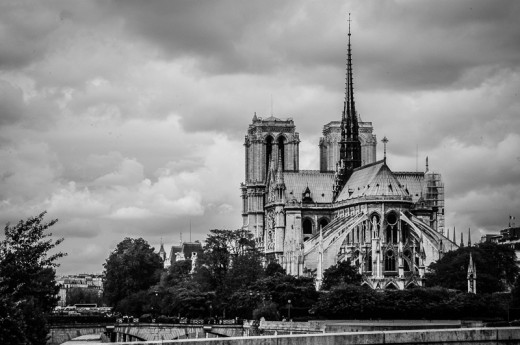
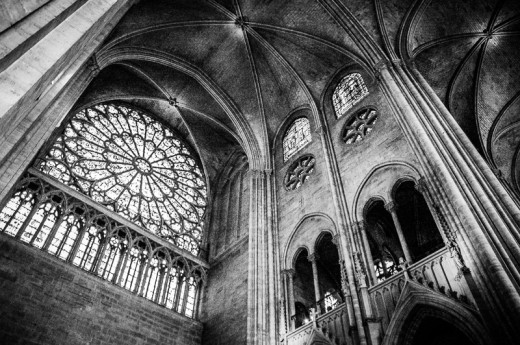

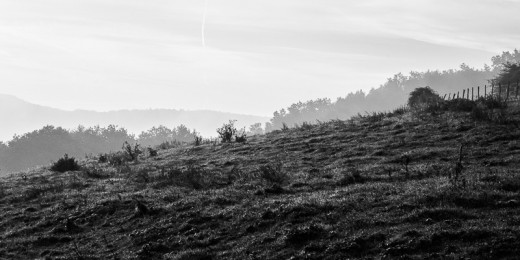
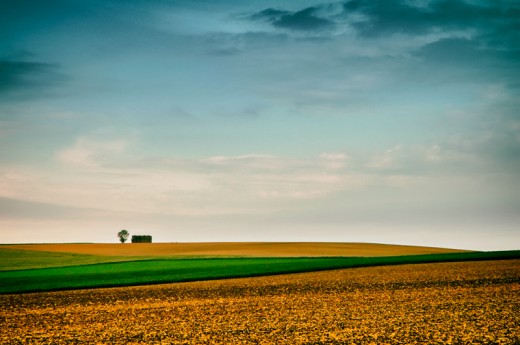
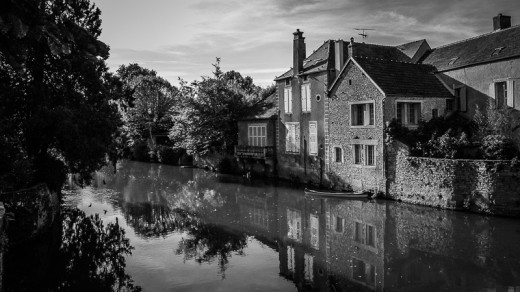
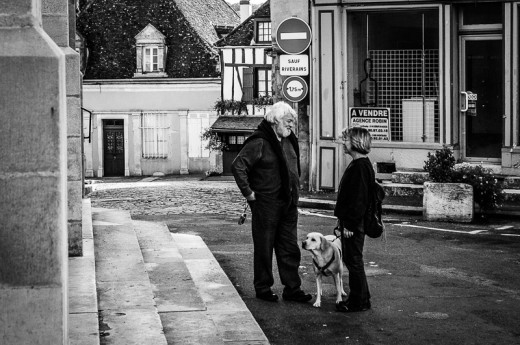
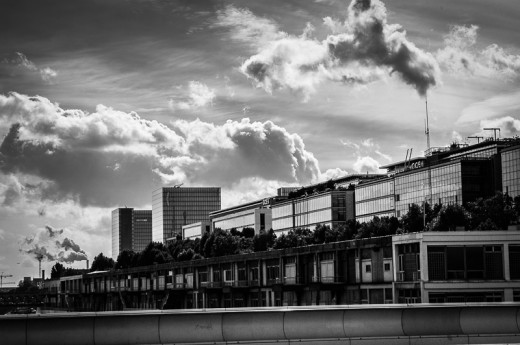
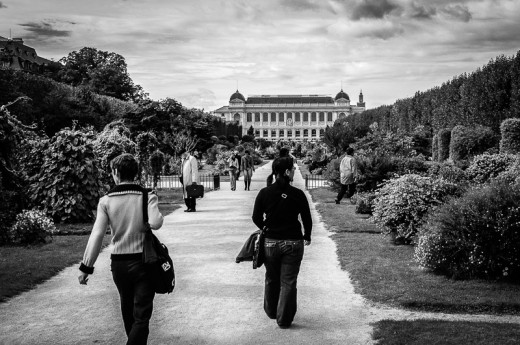
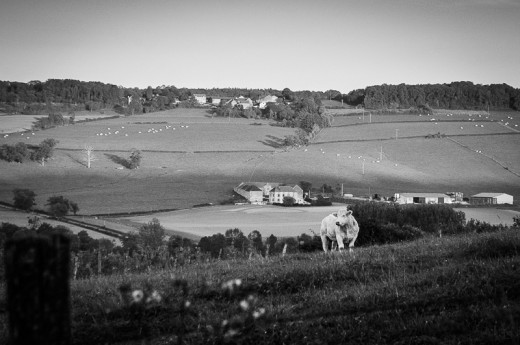
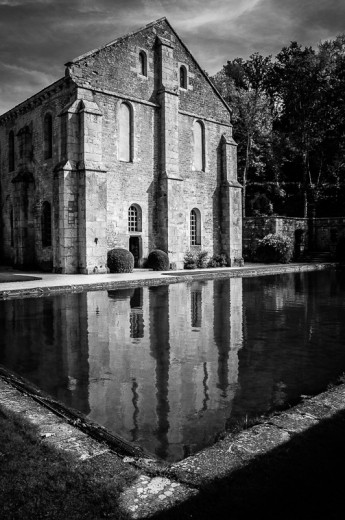
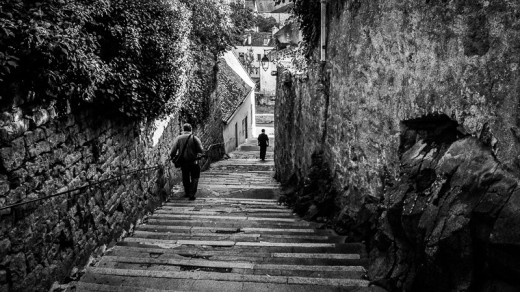
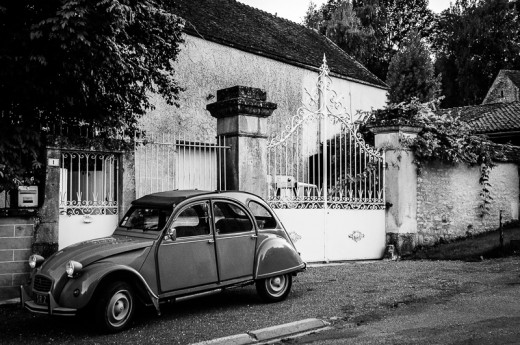
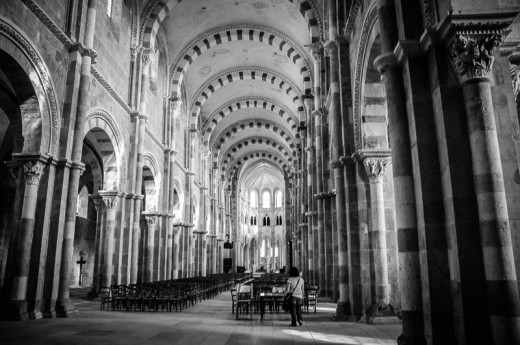
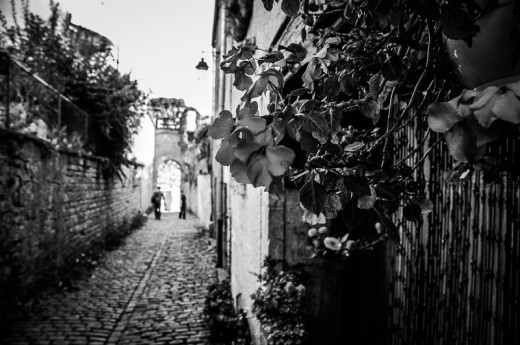
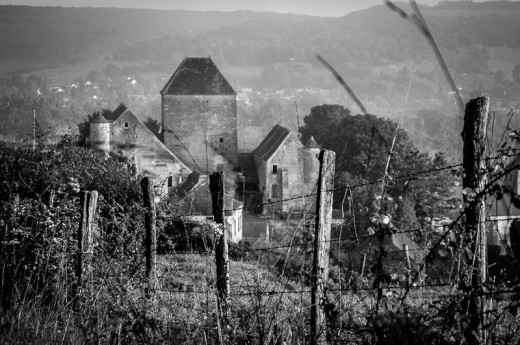
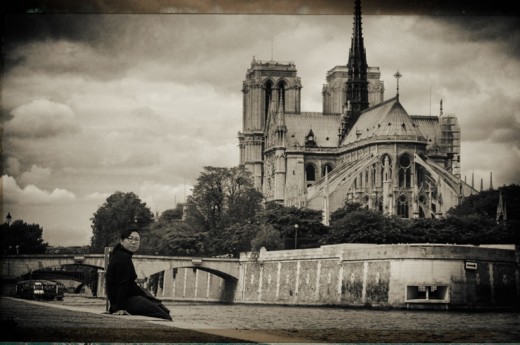

Bob Wilson on Jun 24, 2014 at 5:06 pm
Those photos that take you to a time and place bring memories flooding back of events and people and are perfect in their meaning to the photographer. Thanks for sharing.